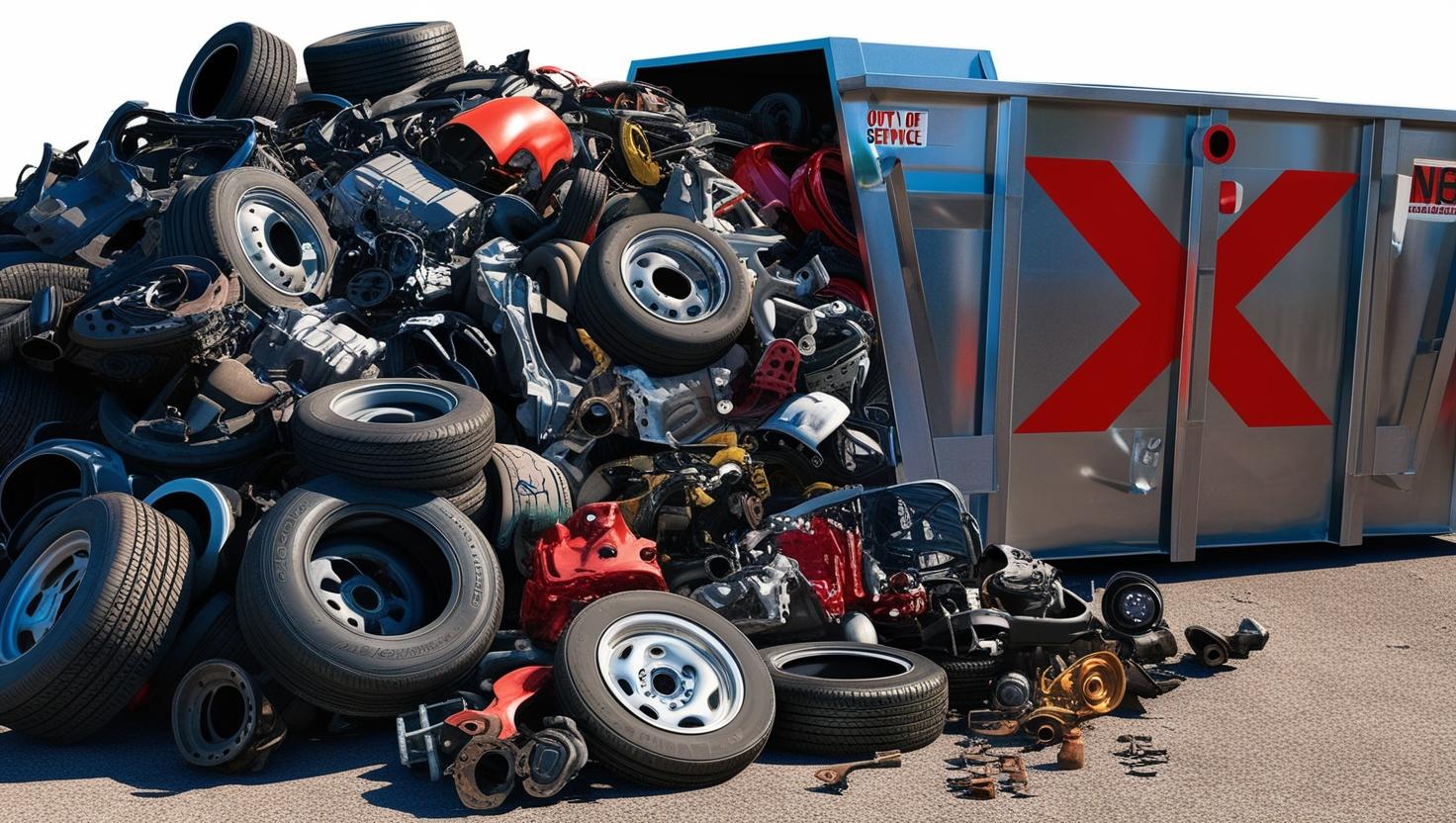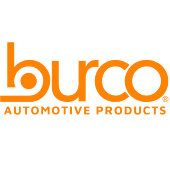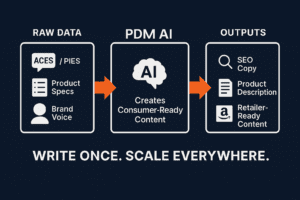
Flowmaster – The Sound of Performance
Discover Flowmaster Exhaust: over 40 years of innovation, legendary sound, and performance-driven engineering. Learn why this iconic brand is a must-have for resellers and enthusiasts alike.

Product lifespan in the automotive aftermarket moves quickly thanks to quickly shifting market demands that push brands to produce better, more dynamic products across all facets of the aftermarket.
Whether winding down inventory or moving out obsolete products to make room for new items, brands should have a strong plan in place to manage discontinued products. Despite seeming like the end of the line, discontinued items can increase opportunities for new revenue while minimizing waste.
Here’s how to get it done.
To maintain efficient inventory management, it’s crucial to establish a regular schedule for auditing inventory.
This routine enables businesses to consistently monitor stock levels and quickly identify which parts are moving slowly or at risk of becoming obsolete. Timely identification helps in planning further actions to manage these items effectively, avoiding unnecessary accumulation and associated costs.
Adopting a phased-out strategy is essential for managing parts nearing the end of their lifecycle.
By analyzing sales data and demand forecasts, companies can make informed decisions about gradually reducing production volumes, thus aligning manufacturing processes with current market needs. Additionally, initiating clearance sales helps liquidate old stock, free up warehouse space, and recuperate some of the investment, thereby minimizing losses typically associated with unsold, obsolete inventory.
This strategic approach not only optimizes production planning but also enhances inventory turnover.
Effective promotional tactics are crucial for moving discontinued or obsolete parts.
Offering discounts and special promotions can attract buyers looking for value deals, thereby increasing the likelihood of clearing out old inventory. Another effective strategy is to bundle these parts with more popular items. This provides value to the customer and enhances the visibility and sales potential of slower-moving stock.
To maximize the impact of marketing efforts, it’s important to identify and target niche markets and specific customer segments that are most likely to purchase obsolete parts.
For instance, classic car restorers or hobbyists who need specific parts that are no longer widely available. Utilizing digital marketing tools such as social media advertising, email campaigns, and targeted online ads can effectively reach these specialized audiences. By focusing marketing resources on the most receptive customers, companies can sell products that might otherwise remain in inventory more efficiently and effectively.
Repurposing obsolete auto parts opens up innovative avenues for their use.
Exploring opportunities to modify or combine obsolete parts for new applications can breathe new life into them. For instance, certain engine parts might be repurposed into machinery or other equipment. Collaborating with innovators or startups, particularly those in tech or manufacturing sectors looking for cost-effective solutions can also expand the potential markets for these repurposed parts.
Recycling is a vital strategy for managing obsolete parts sustainably.
Disassembling parts allows businesses to reclaim valuable materials like metals, which can be recycled and used in new manufacturing processes. Additionally, partnering with specialized recycling firms ensures that non-usable components are disposed of responsibly. This helps companies adhere to environmental regulations and supports sustainability efforts in the automotive industry, reducing the ecological footprint of manufacturing and parts disposal.
A Product Information Management (PIM) system is a powerful tool for efficiently managing inventory, especially when dealing with obsolete parts. By centralizing product data, a PIM system provides clear visibility into inventory levels, helping businesses identify which parts are outdated or moving slowly.
PIM systems can streamline the process of phasing out obsolete parts by enabling quick updates across multiple sales channels. For instance, if a decision is made to discount obsolete parts, the PIM system can instantly update pricing and promotional information across all online and offline platforms.
Additionally, a PIM system can help bundle obsolete parts with more popular items by easily managing product associations and kit compositions. This ensures that customers receive accurate and up-to-date product information, enhancing the shopping experience and increasing the likelihood of sales.
By leveraging a PIM system’s capabilities, businesses can more effectively manage their inventory, reduce the cost associated with holding obsolete stock, and optimize the disposal of outdated products.
Ready to streamline your inventory management and maximize the value of your obsolete auto parts?
Choose PDM Automotive for a robust Product Information Management (PIM) system tailored to the unique needs of the automotive aftermarket. With PDM, you can effortlessly update product details, manage promotional tactics, and ensure sustainable practices by efficiently recycling or repurposing parts. Don’t let outdated inventory slow you down.
Contact PDM Automotive today and transform how you manage your product lifecycle!

Discover Flowmaster Exhaust: over 40 years of innovation, legendary sound, and performance-driven engineering. Learn why this iconic brand is a must-have for resellers and enthusiasts alike.

Since 1979, Burco has delivered exact-fit mirror replacements trusted by professionals across North America. Discover how they live up to their motto: “Quality is in our image.”

AWE Tuning began as a Euro-focused performance shop, but their journey has seen this incredible brand evolve into a performance icon that serves every enthusiast.

Learn how suppliers use BigCommerce to scale D2C sales, and how the PDM Automotive connector makes it easier than ever to go live fast—with accurate data and fitment built in.

Too many suppliers rely on raw specs to sell their products—but consumers shop based on benefits, not part numbers. Learn how PDM AI helps brands turn technical data into SEO-ready, shopper-friendly content that sells across every channel.

Stop entering fitment data product by product. With Application Inheritance, you can manage one set of vehicle compatibility records and share it across related SKUs—saving hours and boosting accuracy.
Necessary cookies are absolutely essential for the website to function properly. This category only includes cookies that ensures basic functionalities and security features of the website. These cookies do not store any personal information.
Functional cookies help to perform certain functionalities like sharing the content of the website on social media platforms, collect feedbacks, and other third-party features.
Performance cookies are used to understand and analyze the key performance indexes of the website which helps in delivering a better user experience for the visitors.
Analytical cookies are used to understand how visitors interact with the website. These cookies help provide information on metrics the number of visitors, bounce rate, traffic source, etc.
Advertisement cookies are used to provide visitors with relevant ads and marketing campaigns. These cookies track visitors across websites and collect information to provide customized ads.
Other uncategorized cookies are those that are being analyzed and have not been classified into a category as yet.